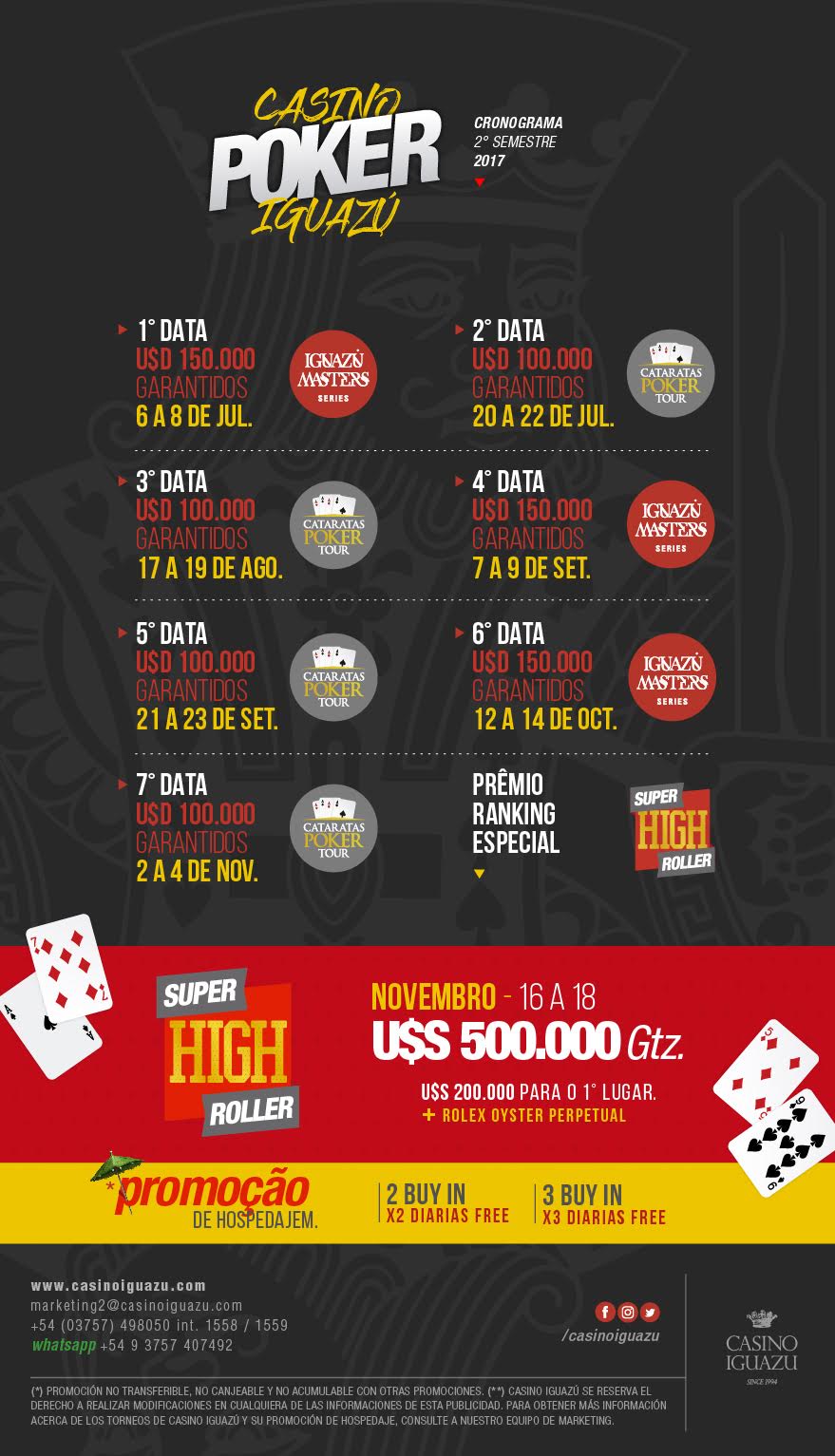
Diamond saw blades are superior when it comes to cutting hard material such as concrete, stone, tile and masonry. However, with the many types and categories in diamond blades, what makes one choose the correct one? We will also endeavour to explain the main kinds of diamond blades and the kinds of jobs they should be utilised for.
Dry Cutting vs Wet Cutting Diamond Blades
The first thing that one must decide on is whether they require a dry cut or a wet cut diamond blade. Typically, dry cutting blades do not need water cooling while cutting. They use specialty diamond grit and powered metal alloys that are capable of withstanding the generated heat. Dry blades are ideal for chop saws, tile saws and even the handheld saws that are used in places where portability is crucial.
Wet cutting diamond blades require a consistent supply of water to cool the blade and can become dangerous if the water supply is insufficient. The water washes away any dirt while the edge is lubricated and cooled by the water. Wet cutting blades are used with tile saws, bridge saws, and other specialized saws that have a connection to a good water supply. Sharp blades are wet to provide faster cutting on the hardest materials.
Continuous Rim Contsruction and Segmented Rim Contsruction
Another decision that people have to make is the type of diamond blades, whether it is continuous rim or segmented rim. Continuous rim blades have diamond grit right on the cutting edge, so the blade is cutting right to the edge with no break in the abrasive surface. They are effective on relatively softer materials such as brick and cinder block.
Rim blades consist of a series of segments wherein individual diamond grits are separated by metal segments. This makes them more impact resistant while at the same time being able to minimise on expansion due to heat. That is why segmented construction is the best for hard stones including granite, marble as well as engineered composites. The spaces assist in the removal of debris to avoid forming a rigid structure.
Grit Sizes for Cutting Speed vs Longevity
It has been established that the Grit size of the industrial diamond used for blade production has a direct influence on the cut performance. Grits of larger sizes are capable of cutting at a faster rate relative to smaller grits since they remove more material. However, the smaller grit size is usually more durable as a stone, particularly when used on abrasive materials. Here’s an overview:
– Bigger 16-25 grit blades provide highly effective cutting, however the blade has a comparatively shorter durability.
– 10-15 grit blades are relatively fast cutting tools that are also reasonably durable.
– 8-10 inch small grit are designed for longer blade life rather than higher cutting speed.
This type should be used when you have to work more intensively, for example, when using larger grit blades. Choose smaller grits when you want the longest blade life or you are going to make curved cuts. For general use, more consistent, and versatile, the 10-15 grit blades suffice.
Bond Types for Diamond Retention
Another crucial factor is the bond that holds the diamonds in place. There are three main bonds used in contemporary diamond blades:There are three main bonds used in contemporary diamond blades:
– Metal-to-metal bonds hold diamonds through pressure and heat sintering.
– From more sophisticated plating processes, electroplated nickel forms strong bonds.
– Resin is bonded with a hard wearing engineered resin akin to an epoxy glue.
Sintered blades provide the best retention of the diamond and can often be dozens of times longer than other bonds when cutting reinforced materials such as concrete with inserted rebars. Electroplated bonds are ideal for general purpose cutting of all types of masonry and stone materials. Coated resin bonds is cheaper options that is most suitable for hard substrate materials such as bricks.
Shank Types and Materials
Diamond saw blades have a central hole through which they can be fitted onto saw arbors. It is important to note that many blades have as least a round shank hole. However, some incorporate specialty shanks designed to reduce noise, harmonics, and blade instability. These include:
– Exhaust slots and vents
– Anti-vibration rubber cushions
– Drive system, specifically Harmo-KeyTM octagonal drive bushing for superior performance in correlation with a precision arbor
Even the metal used in the blade core and segments is not left out in contributing to its performance. This material is aircraft-grade aluminum that conducts heat well to enable fast cutting with minimal slowness. Stainless is thus better in terms of abrasive wear resistance and is less likely to deform. Select materials that will suit your particular cutting needs and requirements.

